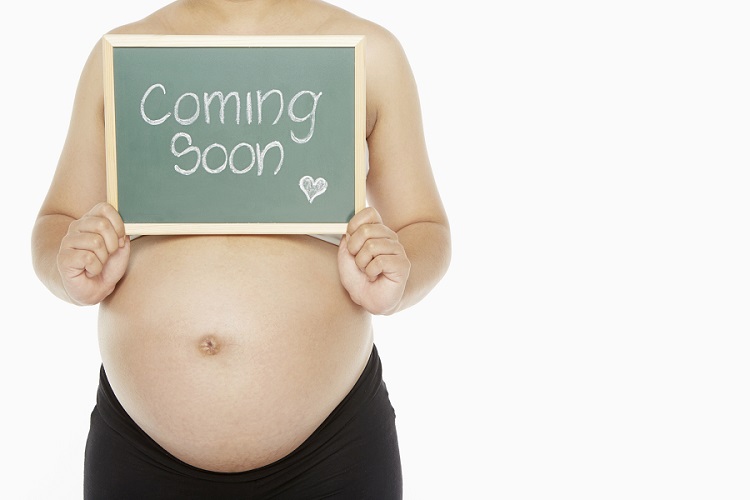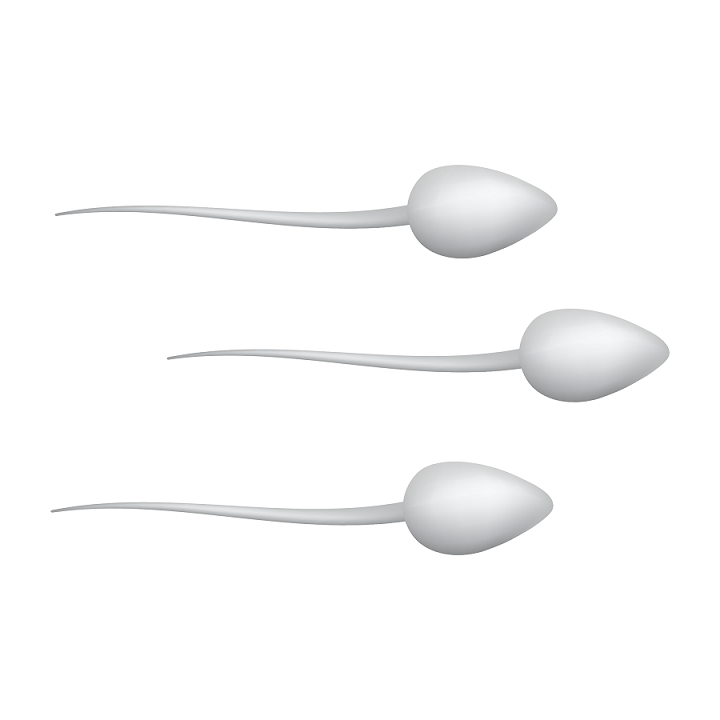
Initial Visit with a Therapist
February 18, 2020
How Fertility & Beyond: Join the Conversation is Different
March 3, 2020An excerpt from Fertility & Beyond: Join the Conversation
By Melanie Collins, MD, Ob/Gyn
People often wonder if going through infertility treatments to achieve a pregnancy comes with increased risks.
In Vitro Fertilization vs non-infertility pregnancies. Generally speaking, the protocol is going to be the same for a regular pregnancy versus one achieved through IUI, IVF, etc.
However, there are some considerations…
For instance, there is a higher rate of multiple babies when using In Vitro Fertilization or IVF. That’s probably the biggest “risk factor.” Assuming it’s a singleton, it’s going to be a much more low-risk pregnancy.
The main difference is that patients are sometimes a little more anxious because of everything it took to get to this point. They may have suffered miscarriages, or other letdowns and disappointments. So these babies are extra precious.
There may be more precautions such as additional ultrasounds. If they’re on progesterone supplements, then they will need to keep checking weekly levels until the medication is no longer necessary.
Once they get a little further along in the pregnancy, various screenings may be done. Fortunately, science and technology are becoming more advanced, so there are less invasive tests that can determine whether chromosomes have abnormalities.
The patient will also have an anatomy scan early on to make sure everything is going well. This is a routine scan and the babies are not at any higher risk for birth defects.
As the patient enters the third trimester, the doctor will track blood pressure and the growth of the baby.
In the case of donor eggs, it’s important to watch closely to make sure they don’t have any issues with preeclampsia, hypertensive disorders, or development. Despite this, most women pregnant with donor eggs can still have a successful pregnancy.
The other thing that’s been associated with assisted reproduction is preterm labor, primarily with multiple babies.
So In Vitro Fertilization vs non-infertility pregnancies, in short, a reproductive assisted pregnancy isn’t THAT much different than a natural conception.
About Melanie Collins, MD, Ob/Gyn
Background:
Dr. Melanie Collins attended medical school and completed her residency at the University of Texas at Houston, where she spent ten years. In her last year, she was greatly impacted by her work at MD Anderson. She worked with women who were pregnant and had cancer, breast cancer predominantly.
She moved to Austin, TX in 1996 and was one of the founding members of the Renaissance Women’s Group. This was located in the same office building as several prominent fertility specialists in the community.
The two practices began referring patients to one another and have maintained that relationship for over two decades, continuing to share information and remain current with the latest research in the field of fertility.
When the doctors started freezing eggs in Austin, it was quite a big leap in what was previously possible. This got her excited about the options it provided for her patients. With the trend of delaying childbearing as women extend their education, or to establish themselves in their professional careers, women have more viable choices.
Her current work:
Dr. Collins’ practice has grown over the years. She remains abreast of research and information surrounding infertility, so she can best counsel her patients.
Her primary goal is to establish patient relationships for the long term. She’s even now delivered babies for the second generation in a family! She focuses on educating patients through all cycles of life and how various phases impact their body and well-being (from basic coaching on how a woman’s cycle works, to handling fertility and beyond, and through menopause).
Contact information: http://www.rwgdocs.com
Get your copy of Fertility and Beyond: Join the Conversation on Amazon.





